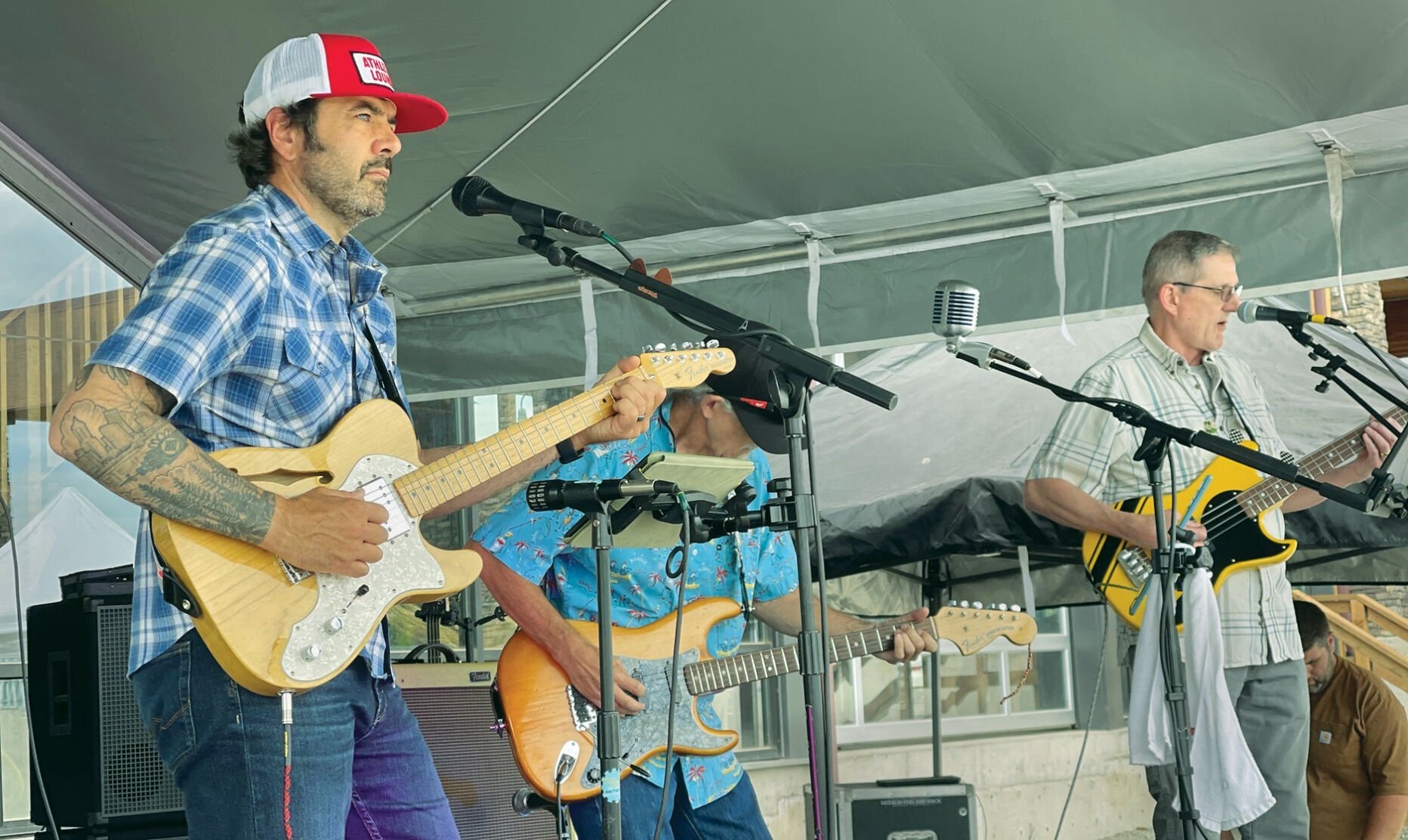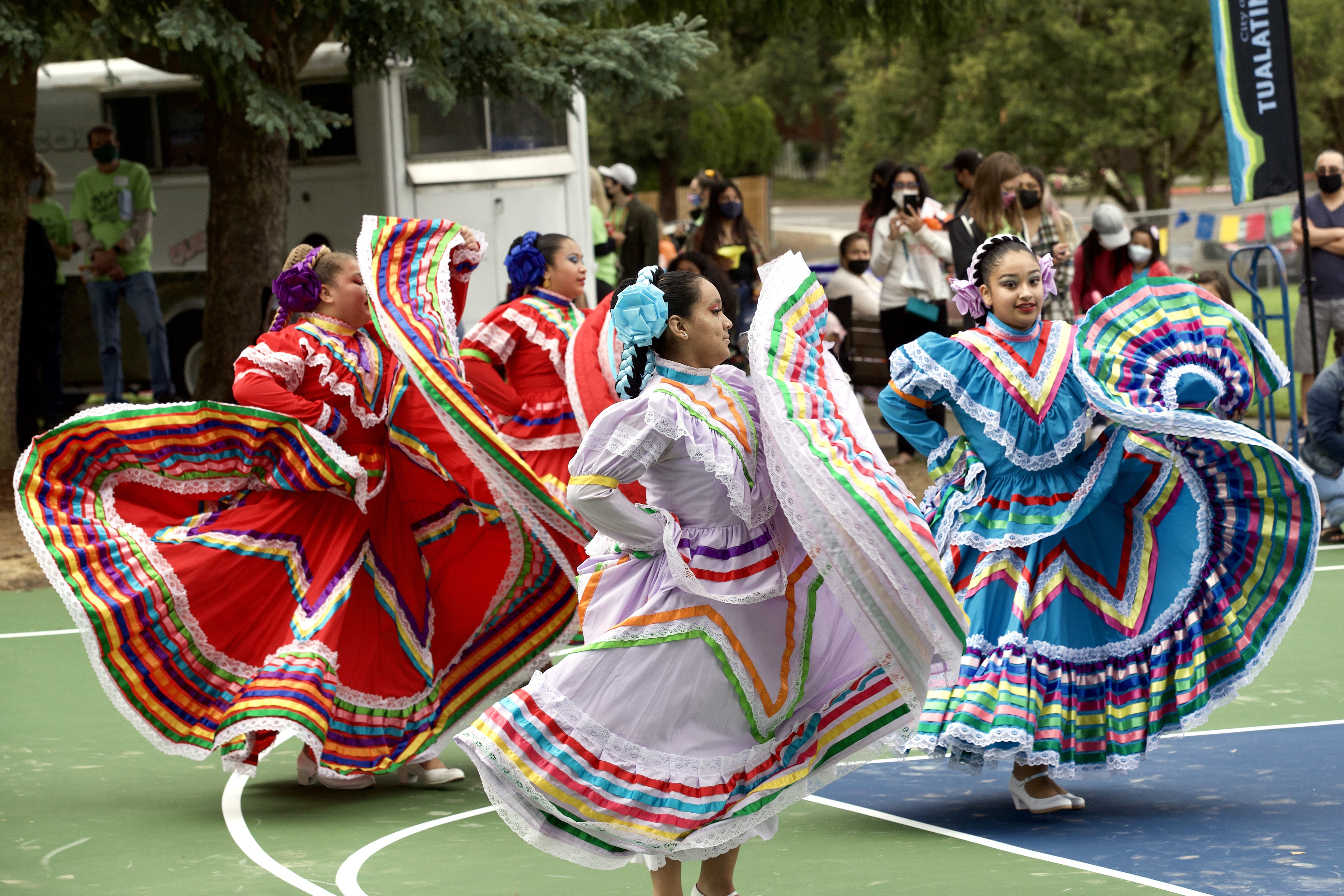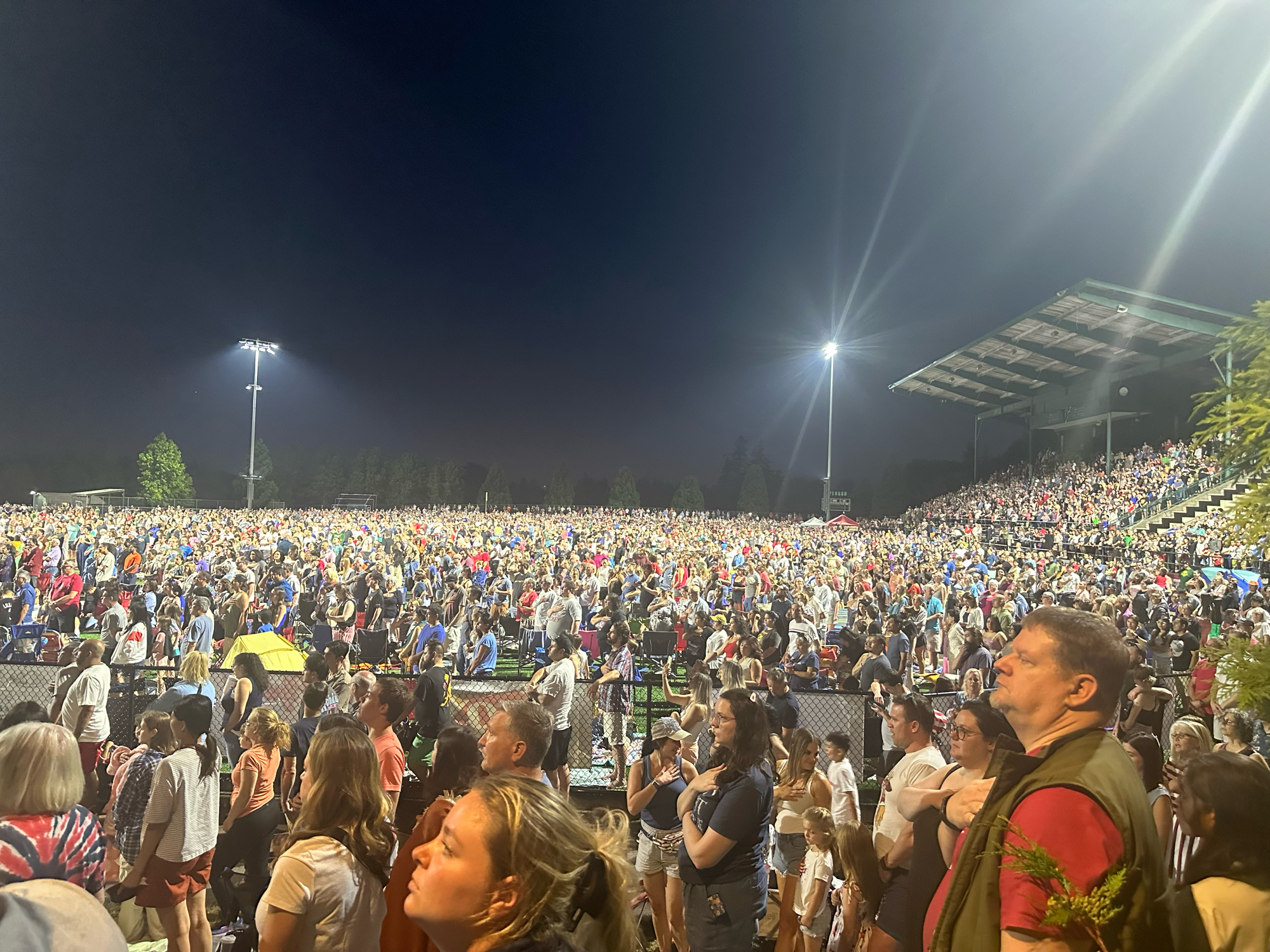Clothing made of seaweed earns Beaverton girl top 10 finalists spot in 3M Young Scientist Challenge
Published 5:00 am Thursday, July 3, 2025


It all started with fast fashion.
Isha Marla was inspired to find a sustainable alternative to conventional fiber textiles after noticing her sister would receive small packages of “cute” clothes — outfits she knew caused significant environmental impacts.
The recent eighth grade graduate of Beaverton’s Tumwater Middle School soon discovered that 92 million tons of textile waste ends up in landfills annually.
Her solution? Creating a strong and flexible fabric made of seaweed and natural ingredients, something she dubbed AlginaFAB.
Fabric made of seaweed
Algina-based products use alginic acid or salts extracted from seaweed and became Marla’s ticket to being a finalist for the 3M Young Scientist Challenge.
As part of the contest, Marla submitted a short video explaining her scientific solution to textile waste as part of the annual challenge. The judges liked her proposal so much that the 14-year-old was named one of 10 finalists throughout the country competing for a $25,000 grand prize this fall.
She also will be vying for the title of “America’s Top Young Scientist” with other fifth through eight-grade students when they travel to the 3M headquarters in Minnesota in October.
Before she was recently notified of her finalist position, 3M representatives informed her parents so they could film her reaction when told she was in the running.
“It was a really big surprise for me. I was so excited,” Marla said.
Marla said it is her love of the environment that propelled her search for sustainable textiles, discovering along the way that 500,000 tons of microfibers in inexpensive and stylish clothing end up in oceans annually.
How she started
Having heard of the idea of biofabrics before — sustainable materials that don’t use any toxic materials — Marla started working on her project last summer.
“By synthesizing my own biofabrics at home and adjusting some different mechanical properties in order to find the way that we can best replicate the current fiber textiles that are on the market right now, I was able to create my optimal AlginaFAB with calcium chloride, glycerin, sodium alginate and water,” she said.
Her next challenge was seeing if what she created would be durable, conducting her own home-lab experiment to see if she could sew some of the fabric together.
“The AlginaFAB texture is almost exactly replicating the clothes that we wear. So it was really easy to sew together like you’d sew together two pieces of fabric,” Marla said.
She also put it through the normal paces that clothing might go through such as staining it, washing it and ironing it. She even conducted a UV exposure test in the sun to make sure it stood up. It passed all those tests with flying colors.
However, the high point was finding out that biodegradable fabric could be dissolved by using a citrate-based chemical solvent.
She also discovered that the enzymes found in dirt break down the fabric as well.
“So if it’s buried in the soil … it will also degrade that way over a long span of time,” Marla said.
The teen said she believes her AlginaFAB could be used as a sustainable fabric to replace conventional textiles in the future and is grateful judges selected her as a finalist.
Working with a 3M mentor on her project
While she will receive $1,000 for being a finalist, she said the most exciting part for her is being able to interact with her peers “who have such amazing projects and also (getting) to work with a 3M scientist who can really help me take my project to the next level.”
In the fall, Marla will be a freshman at Jesuit High School.
“One of the reasons why I chose Jesuit was because of their advanced math programs. They have a lot of options for post-(Advanced Placement) math, and I’m super excited to work on that,” said Marla, who sees herself working as a cardiovascular surgeon 15 years from now.
“I want to be an innovator in the field, perform life-saving surgeries, and work with a strong team of dedicated individuals,” she said. “I hope to also do research and bring new discoveries to the medical field. Lastly, I want to make a difference with the purpose of making just one person’s life better.”
Students in the Beaverton School District are no strangers to the annual 3M Young Scientist Challenge.
In 2024, Minula Weerasekera, a ninth grader at Mountainside High School, won second place in the challenge. The year prior, Anisha Dhoot, a Stoller Middle School student, was a top 10 finalist as well. Rishab Jain, now a Westview alum, won the competition in 2018.







